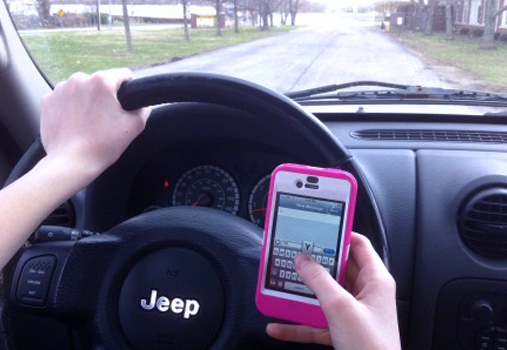A New Tech Race: How Connected Cars are Whizzing Past Smart Phones
The Internet of Things (IoT) has incredible potential in the auto industry. Through the connectivity provided by modern technology, we are able to access the sum of human knowledge almost instantaneously, with only a few taps on a phone or iPad.
Aside from looking up well-reviewed lesser known restaurants while on transit, checking e-mails or weather reports on the fly, the IoT is leading to innovative applications of technology by adding an online dimension.
What surprised many earlier this year is that there were more net-adds of connected cars (32%) than there were net adds of smart phones (31%) in the U.S.
Declining smart phone sales account for some of the trend, but the IoT is showing to be profitable, as it is being integrated into more automobiles.
North America Remains Connected with Automobiles
According to a TechCrunch article:
“Year-over-year sales of mobiles have registered a 6.5% drop in North America and have had an even more dramatic 10.8% drop in Europe. This is because of a combination of total market saturation and economic uncertainty, which encourages consumers to hold onto their phones longer. At the same time, AT&T and Verizon are both showing a significant uptick in IoT revenue, even though we are still in the early days of this industry. AT&T crossed the $1 billion mark and Verizon posted earnings of $690 million in the IoT category for last year, with 29 % of that total in the fourth quarter alone”.
Tesla Motors is currently the biggest proponent of IoT-enabled cars, as some of their vehicles have the capability to automatically run self-diagnostics and adjust brake systems for icy conditions. Even a recent Tesla recall didn’t require drivers to find a dealership: instead, they just had to download a software update.
Turns out, Connected Cars and Phones are in Different Races
Virtualization in cars is looking to be inevitable. The differences in purpose and function will affect the development of the interconnected systems. This means that automobiles will never replace or even really compete with smart phones as there a few unique factors to connected cars as listed by TechCrunch.
- Interactive/informative surface. The mobile phone has one small screen with all the technology packed in behind it. Inside a car, nearly every surface could be transformed into an interactive interface.
- Processing power. The cloud turned mobile phones into smart clients with all the heavy processing elsewhere, but each car can contain a portable data centre on its own. Right now, the NVIDIA Tegra X1 mobile processor for connected cars is roughly the same computing power as a 1,600-square-foot supercomputer from the year 2000.
- Power management. The size and weight of phones were constrained for many years because of battery size requirements. The same is true of cars, but their limitations are related to power and processing, not the physical size and shape of the body frame.
- Risk factors. The jump from consumer-grade to automotive-grade security is just too great for comfort. Normally, when somebody hacks a phone, nobody gets hurt physically. Security experts have a great deal of work to do to protect connected cars from hackers and random computer errors.
Disruption is everywhere within the auto industry. With the IoT, the disruption can lead to innovative new services and apps for users to drive safer and stay up to date. Still, there are bugs that need to be fixed. But given the rapid transformation of cell phones from brick-like communication devices to miniature computers with access to the sum of human knowledge, IoT is a trend to be excited for.







